Reduce, reuse, recycle

OVER 2 BILLION TONNES OF WASTE IS PRODUCED EVERY YEAR, ACCOUNTING FOR 3% OF ALL CLIMATE EMISSIONS. ONLY 16% IS RECYCLED.
BY 2050 THERE MAY BE MORE PLASTIC IN THE OCEAN THAN FISH.
By curbing our consumption and recycling our waste, we can reduce emissions by 3%, reduce reliance on raw materials, and keep trash out of our rivers, oceans, and food.
sources: Ocean Plastic: Eriksen M, Lebreton et al. (2014) Plastic Pollution in the World's Oceans... | Sailing Seas of Plastic. Dumpark Data Science. |Plastic Waste and River Inputs: Lebreton, L., Andrady, A. 2019. Future scenarios of global plastic waste generation and disposal. | River Plastic Emissions to the World’s Oceans. The Ocean Cleanup. | Meijer et al. 2021. More than 1000 rivers account for 80% of global riverine plastic emissions into the ocean.
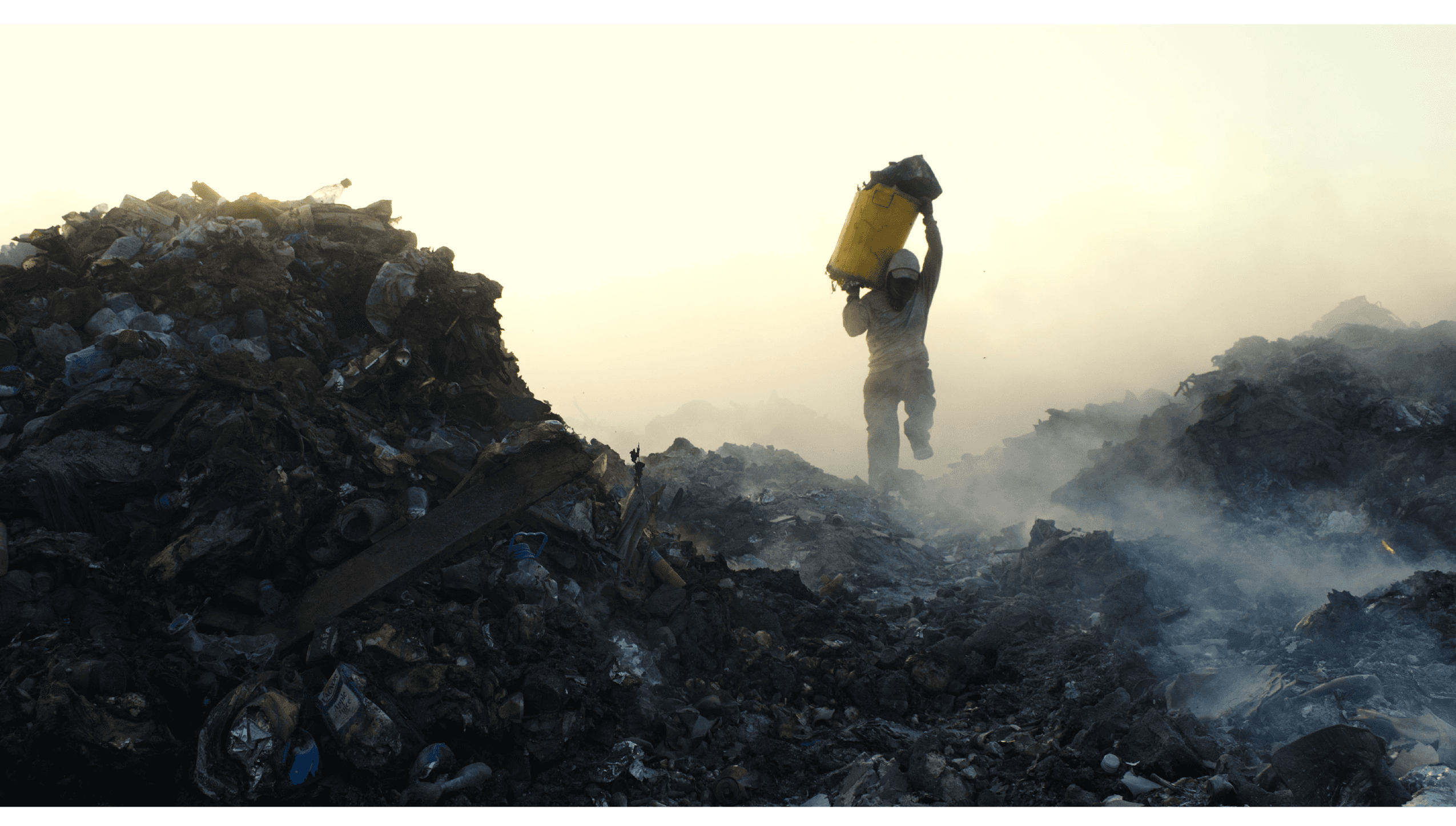
REDUCE YOUR CONSUMPTION.
IF EVERYONE CONSUMED LIKE AN AVERAGE AMERICAN, EARTH'S RESOURCES WOULD ONLY BE ENOUGH TO SUPPLY 20% OF THE WORLD'S POPULATION.
World consumption has expanded at an unprecedented pace over the 20th century, with private and public consumption expenditures reaching $24 trillion in 1998, twice the level of 1975 and six times that of 1950.
Sources: New York Times “You Are What You Spend”, The Economist “Doing It Their Way” , 2014 Infochange. “India, China’s Consumption on the Rise”, Morgan Stanley. “Assian Affluence: The Emerging 21st Century Middle Class, 2011; Infochange. “India, China’s Consumption on the Rise”, Morgan Stanley. “Assian Affluence: The Emerging 21st Century Middle Class, 2011. Bain, “Expensive Tastes”.Luxury Goods Market by consumer Nationality, The Economist, 2014.
HOW MANY PLANETS WOULD WE NEED?
IF 7 BILLION PEOPLE CONSUMED RESOURCES LIKE...
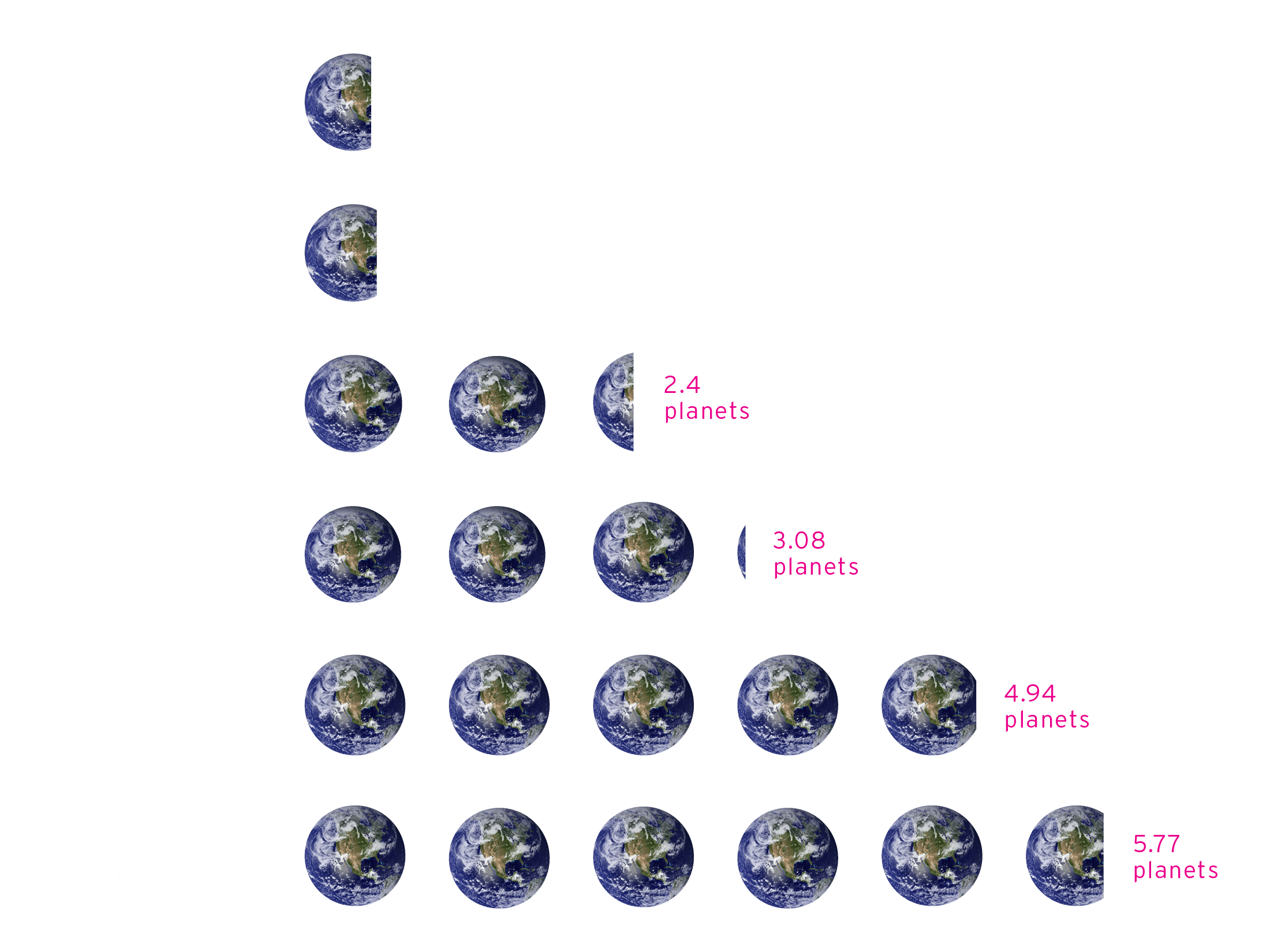
HOW MANY PEOPLE COULD LIVE ON THE PLANET?
IF WE CONSUMED LIKE AN AVERAGE PERSON IN ...
Sources: Global Footprint Network; Accounting for Demand and Supply of the Biosphere’s Regenerative Capacity; World Wildlife Foundation; Population Matters. Biocapacity Ecofootprint.
THE 20 HIGHEST SPENDING COUNTRIES ARE USING 76% OF EARTH'S RESOURCES.
These countries' discretionary spending (23%) exceeds total income available fow low spending countries.

The 20 lowest-spending countries only use 1.5% of Earth’s resources. Over half of their income is spent on essentials: food, shelter and health care.
Source: World Bank: International Comparison Program; Forbes “How the World Spends its Money” 2010.
CAN WE RETHINK OUR PRIORITIES?
Sources: FAO 2008; WHO 2010; US Census Bureau 2010; National Sample Survey Organization 2008; Water Footprint Network 2011; Experian Simmons 2011; Eurostat 2011; Euromonitor International 2012; McKinsey Global Institute 2008; WTM Global Trends Report 2012; World Bank 2013; European Environment Agency 2008; US EIA 2011
WHAT IS IN OUR SHOPPING BAG?
Source: Euromonitor International. “Who’s Buying What?”, 2014. , EC Europa “Cosmetics Spending per Capita”, 2008; LOreal, GCI
REJECT A THROWAWAY CULTURE.
About 90% of the things we buy end up in landfills after 6 months of use. Some indirect waste is generated even minutes after purchasing (packaging).
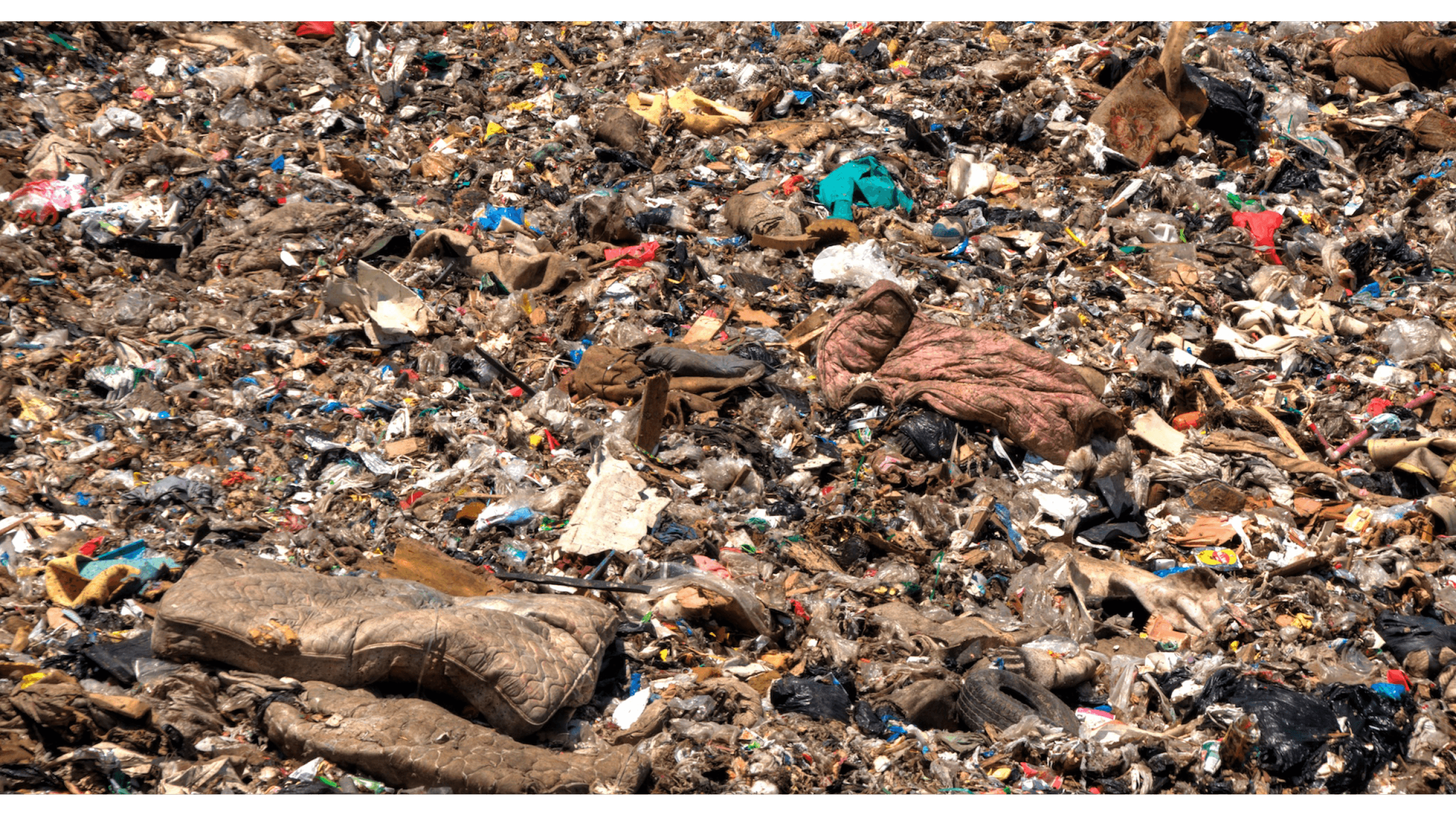
Municipal solid waste (MSW) landfills are the third-largest source of human related methane emissions in the United States, accounting for approximately 18.2 percent of these emissions in 2012. Methane is a potent greenhouse gas with a global warming potential that is 25 times greater than CO2.
Sources: Leonard, A. “The Story of Stuff” 2007; U. S. Environmental Protection Agency. “Reduce, Reuse, Recycle, Buy Recycled” http://www3.epa.gov/lmop/basic-info/
WORLDWIDE SOLID WASTE:
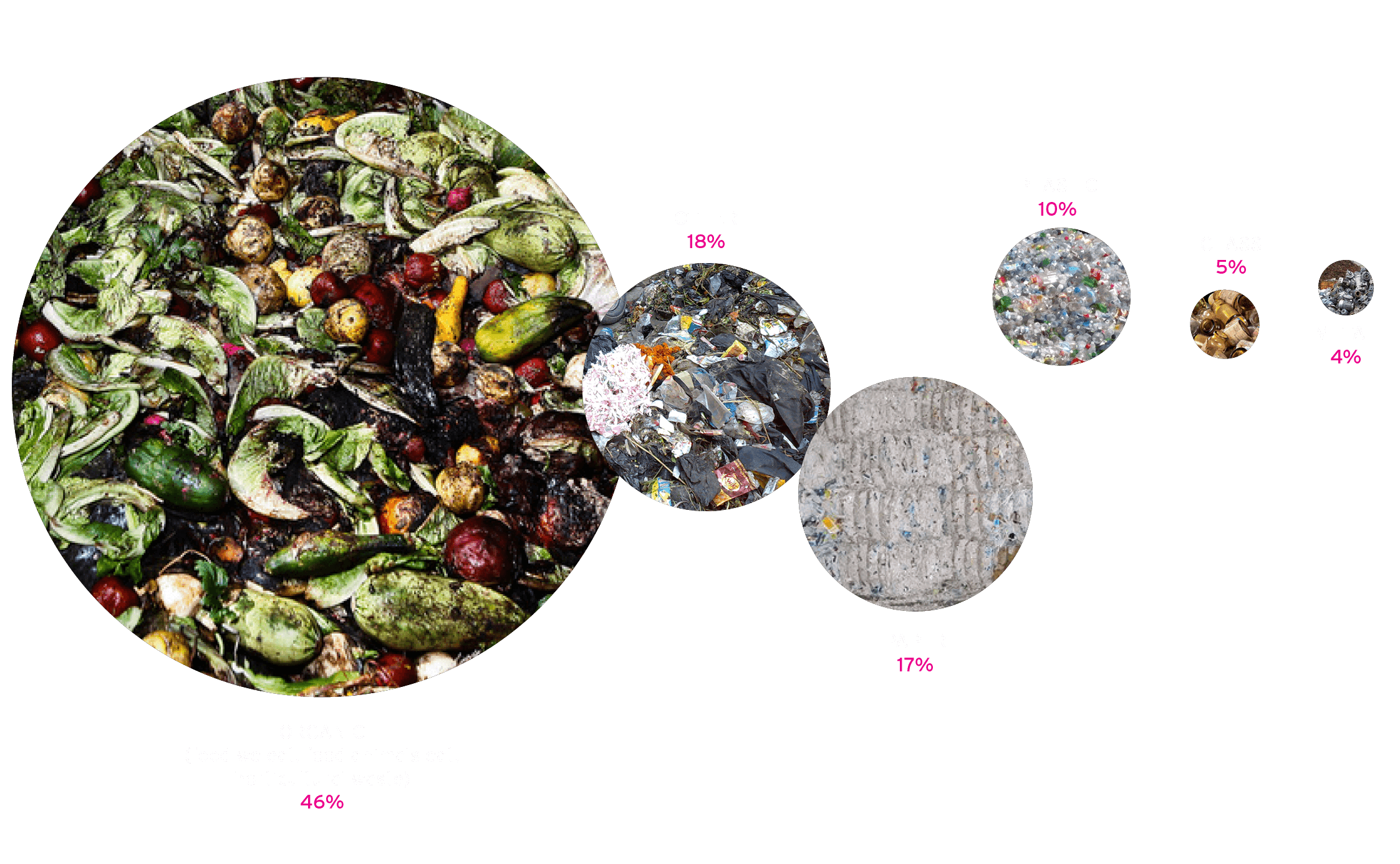
U.S. LANDFILLS:
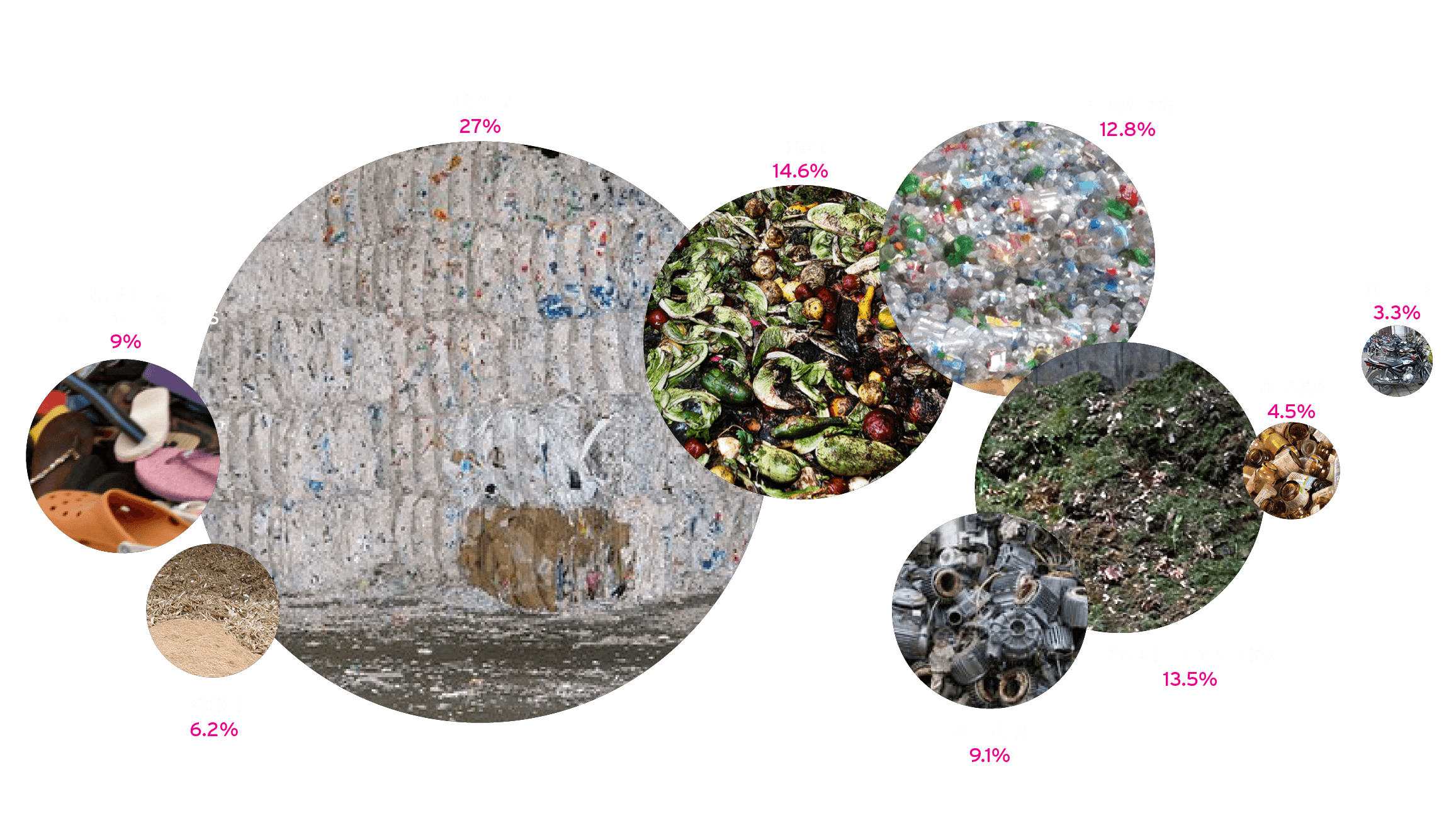
Sources: web.worldbank.org What a Waste A Global Review of Solid Waste Management 2012. US Department of Transportation, 2006; Edward Humes “Garbology: Our dirty love affair with trash.” Wall Street Journal, 4.13.2012.
AN ESTIMATED $20 BILLION IN VALUABLE RESOURCES IS BURIED IN U.S. LANDFILLS EACH YEAR.
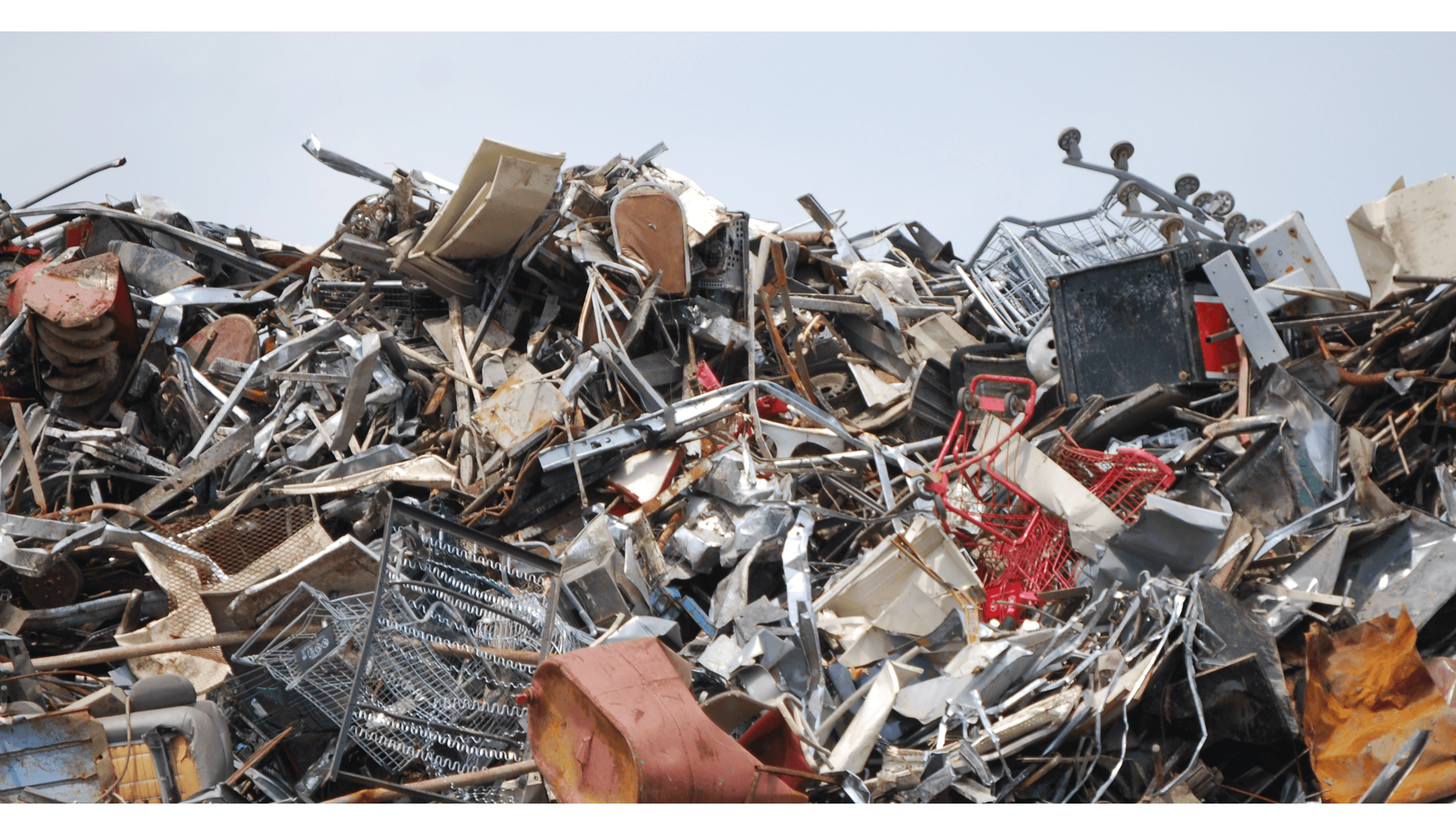
On average, it costs $30 per ton to recycle trash, $50 to send it to the landfill, and $65 to $75 to incinerate it.
Source: Edward Humes “Garbology: Our dirty love affair with trash.” Wall Street Journal. 4.13.2012
GLOBAL ANNUAL PRODUCTION OF INDUSTRIAL MATERIALS
WHAT IF WE RECYCLED ALL OUR WASTE?
Currently, recycling provides an annual benefit of 49.7 million metric tons of carbon equivalent emissions reduced, comparable to removing 39.4 million passenger cars from the road each year.
Source: The Economist. Stanford. www.grrn.org. http://www.bir.org/. Reuters. http://geology.com/. Columbia. www.molycorp.com. worldwatch.org. kab.org. LiveScience. RecycleNow. timeforchange.org. http://www3.epa.gov/warm/pdfs/Glass.pdf
SOURCES OF RAW MATERIALS
IF WE RECYCLED ALL MINED MATERIALS WE COULD...

reduce emissions
reduce air and water pollution
reduce the loss of biodiversity associated with habitat loss
Before mining can begin, the land is cleared, vegetation is burned and destroyed, and wildlife either moves on or dies. The land of the site is re-configured which causes rain and subsequent ground water to be diverted. As equipment is sunk and the ground hollowed out, chemicals such as cyanide, mercury, methyl-mercury and arsenic run off into streams, creeks, rivers, and lakes.
Source: livescience.com. FAO. Science.
WHAT IF WE COULD RECYCLE ALL OF OUR PAPER AND WOOD PRODUCTS?
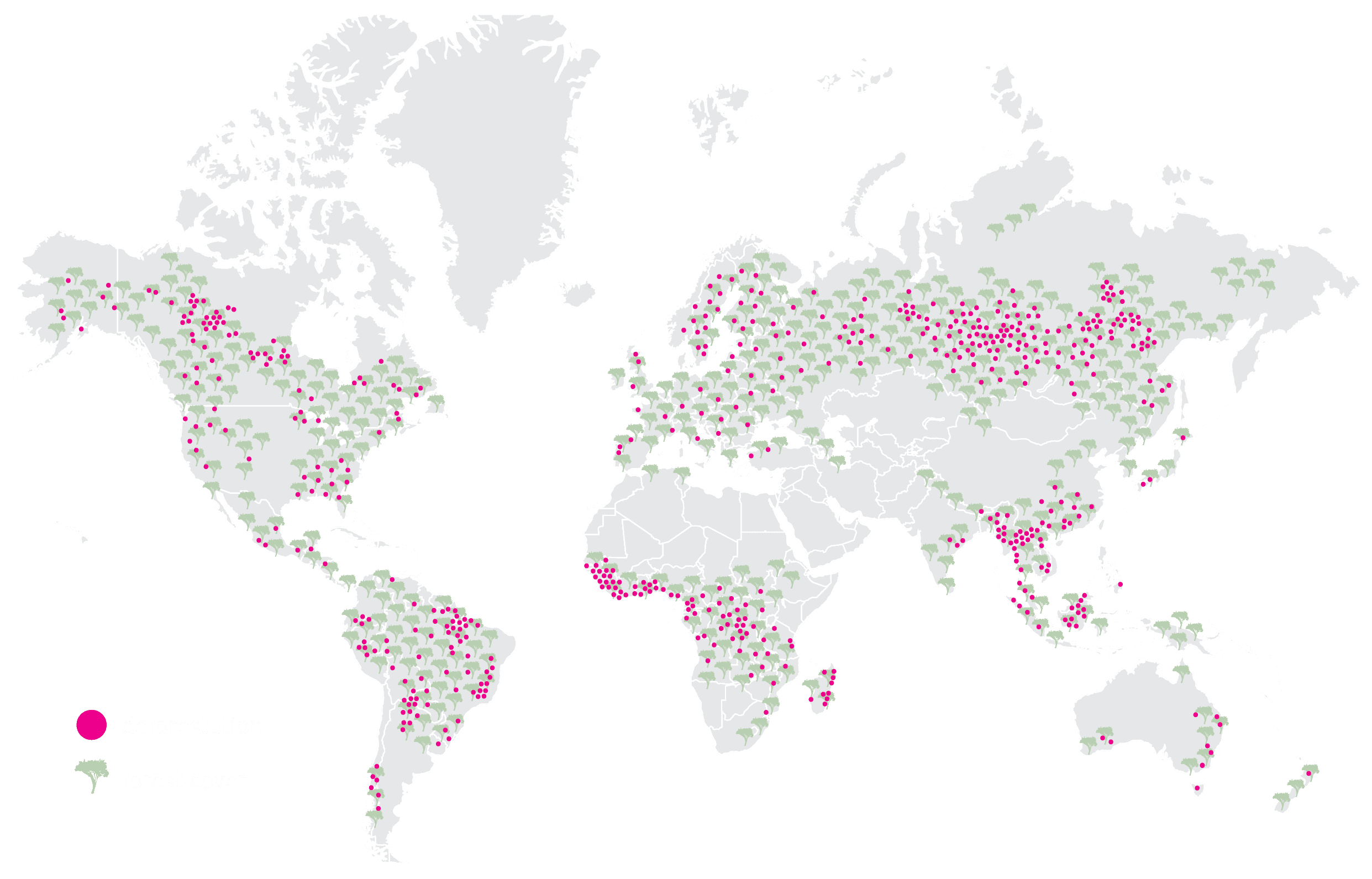
32 MILLION ACRES OF TREES ARE LOGGED EACH YEAR...
That's equivalent to the entire state of Alabama.
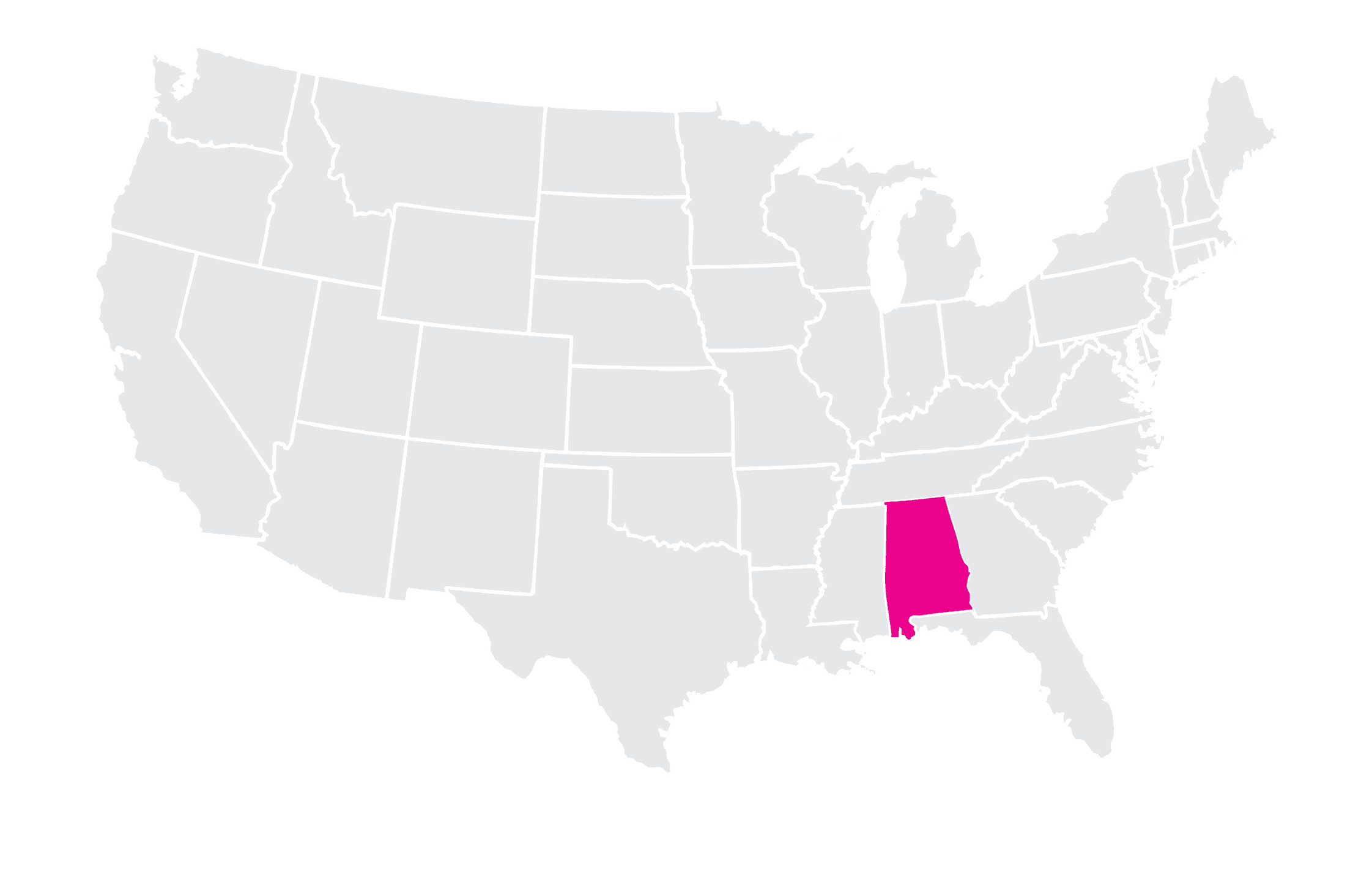
USE LESS PLASTIC
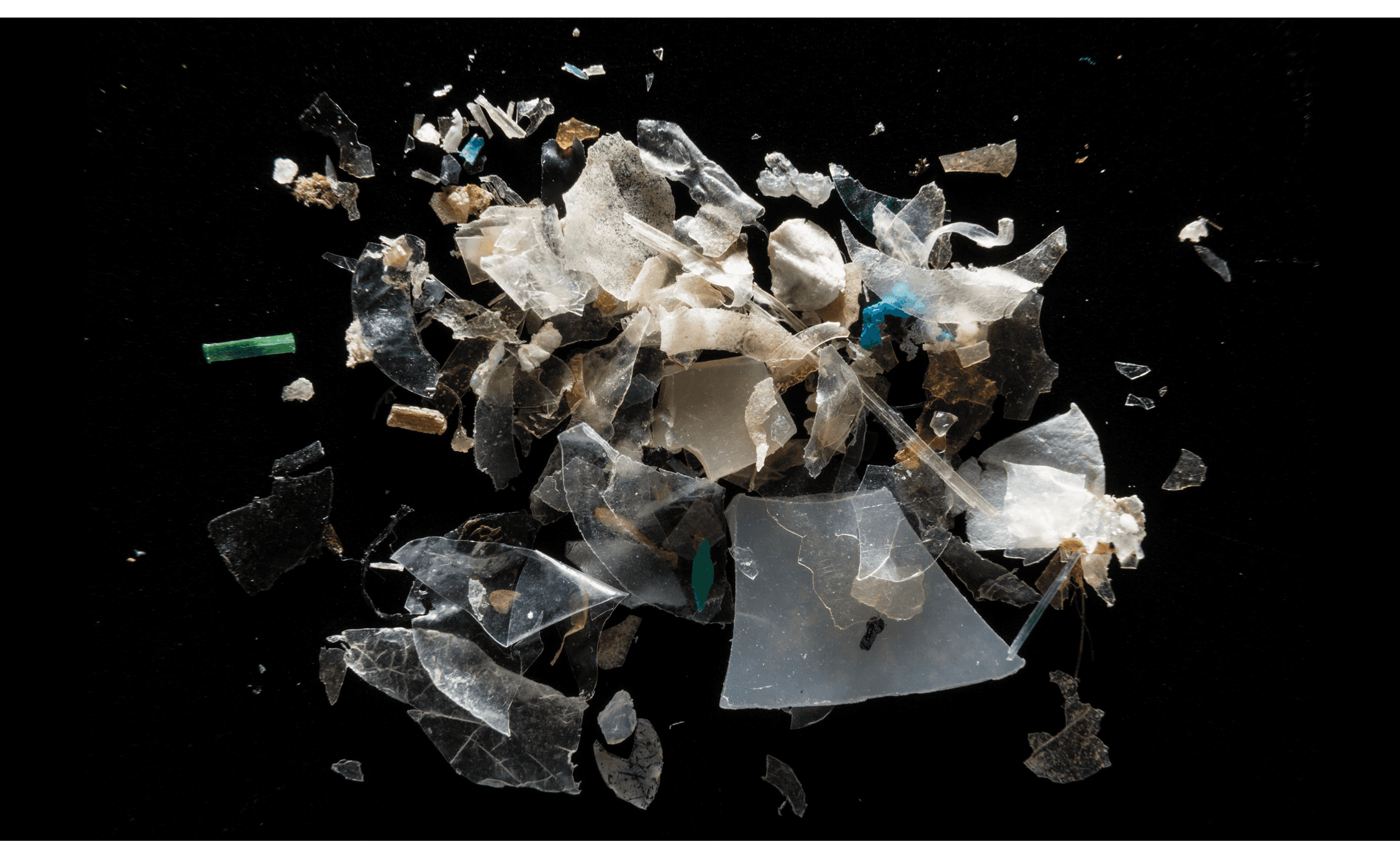
"PLASTICS HAVE INFILTRATED ALMOST EVERY CORNER OF THE EARTH... RESEARCHERS HAVE FOUND PLASTICS IN AS FAR FLUNG PLACES AS THE ARCTIC SNOW TO REMOTE DESERTS."

"Microplastics, a type of plastic smaller than 5 mm, are particularly pervasive and insidious. They form through the breakdown of plastic into tiny particles that end up in the ocean, air, and soil."

"Researchers have found microplastics damage human cells, decrease reproductive health, and disrupt the endocrine system."
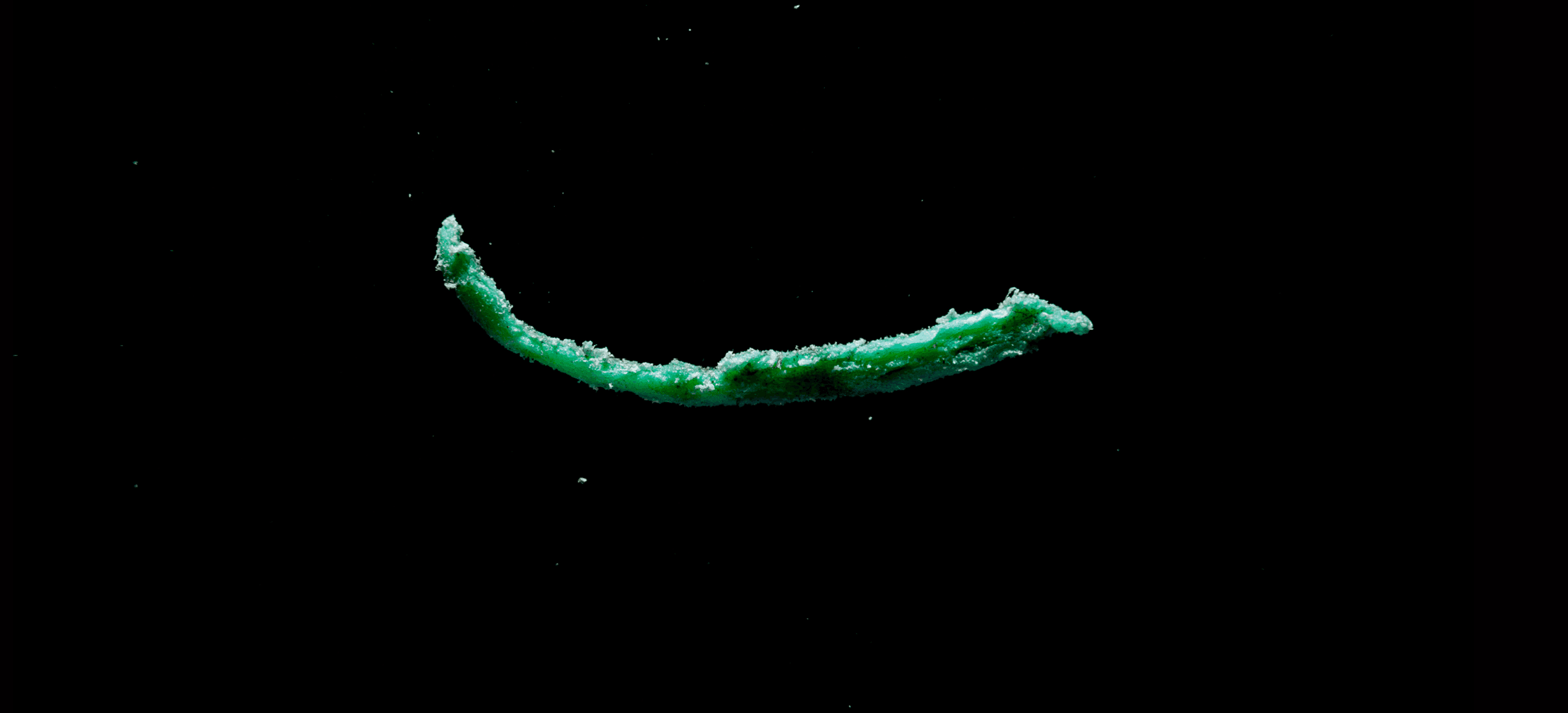
"Microplastics also act as a vessel for harmful substances to enter the body as they can absorb chemicals linked to cancers and weakened immune systems."
source: Grace Higgins. Planet vs Plastics - You Are What You Eat: Plastics In Our Food. earthday.org.
WHAT YOU CAN DO
Take reusable bags with you when shopping
Get a reusable bottle
Avoid using disposable plastics (cups, plates, cutlery)
Reuse jars and pots
Avoid plastic packaging
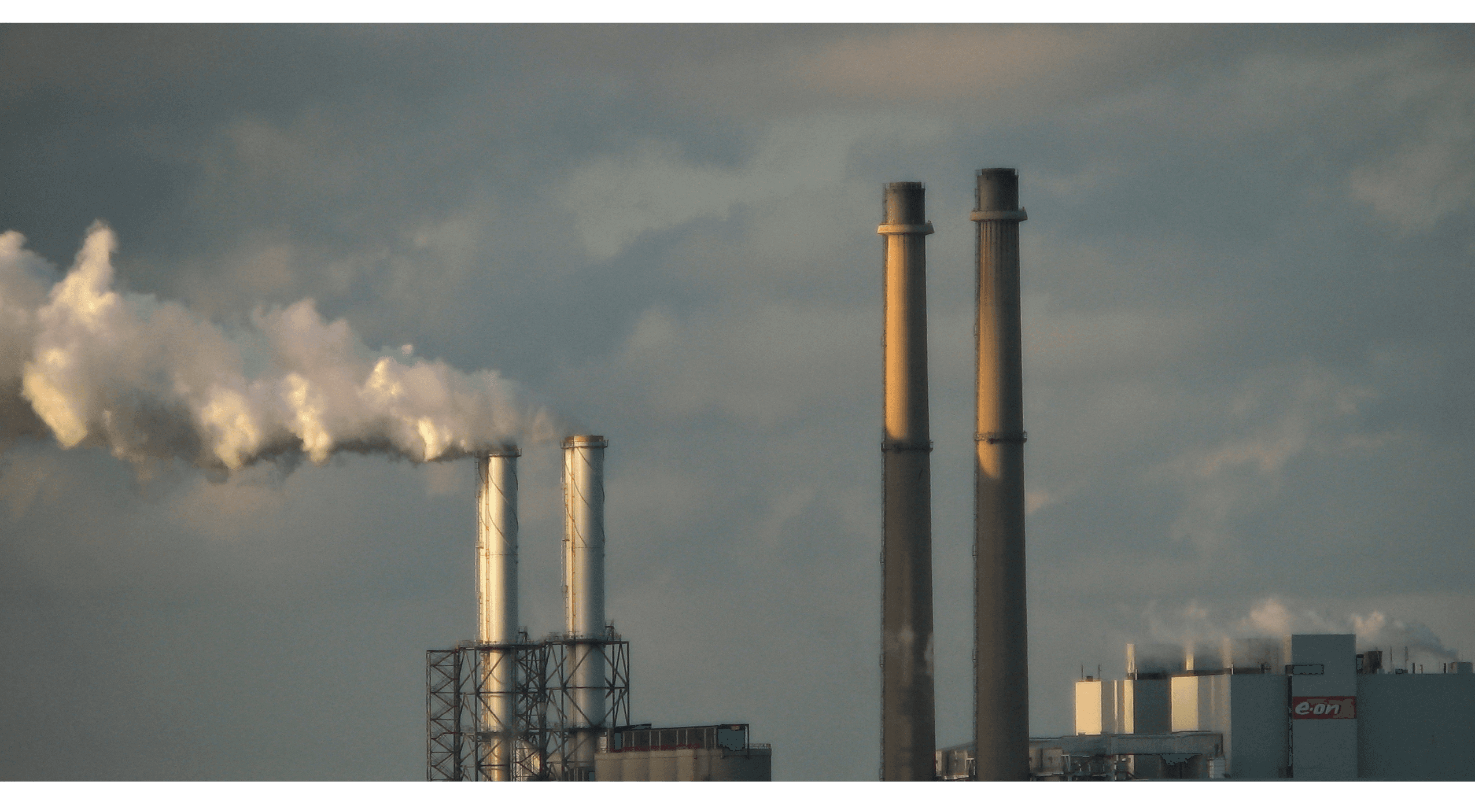
THE PLASTICS INDUSTRY IS RESPONSIBLE FOR 14% OF NATIONAL TOXIC EMISSIONS.
Evidence is mounting that the chemical building blocks that make plastics so versatile are the same components that might harm people and the environment. Its production and disposal contribute to an array of environmental problems, too.
Significant releases of toxic chemicals include:
dioxins - highly toxic / cause reproductive problems, damage the immune system, interfere with hormones and cause cancer
benzene - increeases the risk of cancer, aplastic anemia, acute leukemia, and bone marrow abnormalities
styrene - considered toxic, mutagenic, and possibly carcinogenic
trichloroethane - central nervous system depressant / inhalation of vapors may cause unconsciousness or cancer
methylene chloride - headaches, dizziness, nausea, and memory loss / effects the liver, kidney, and cardiovascular system
methyl ethyl ketone - neurological, liver, kidney, respiratory and fetus developmental effects
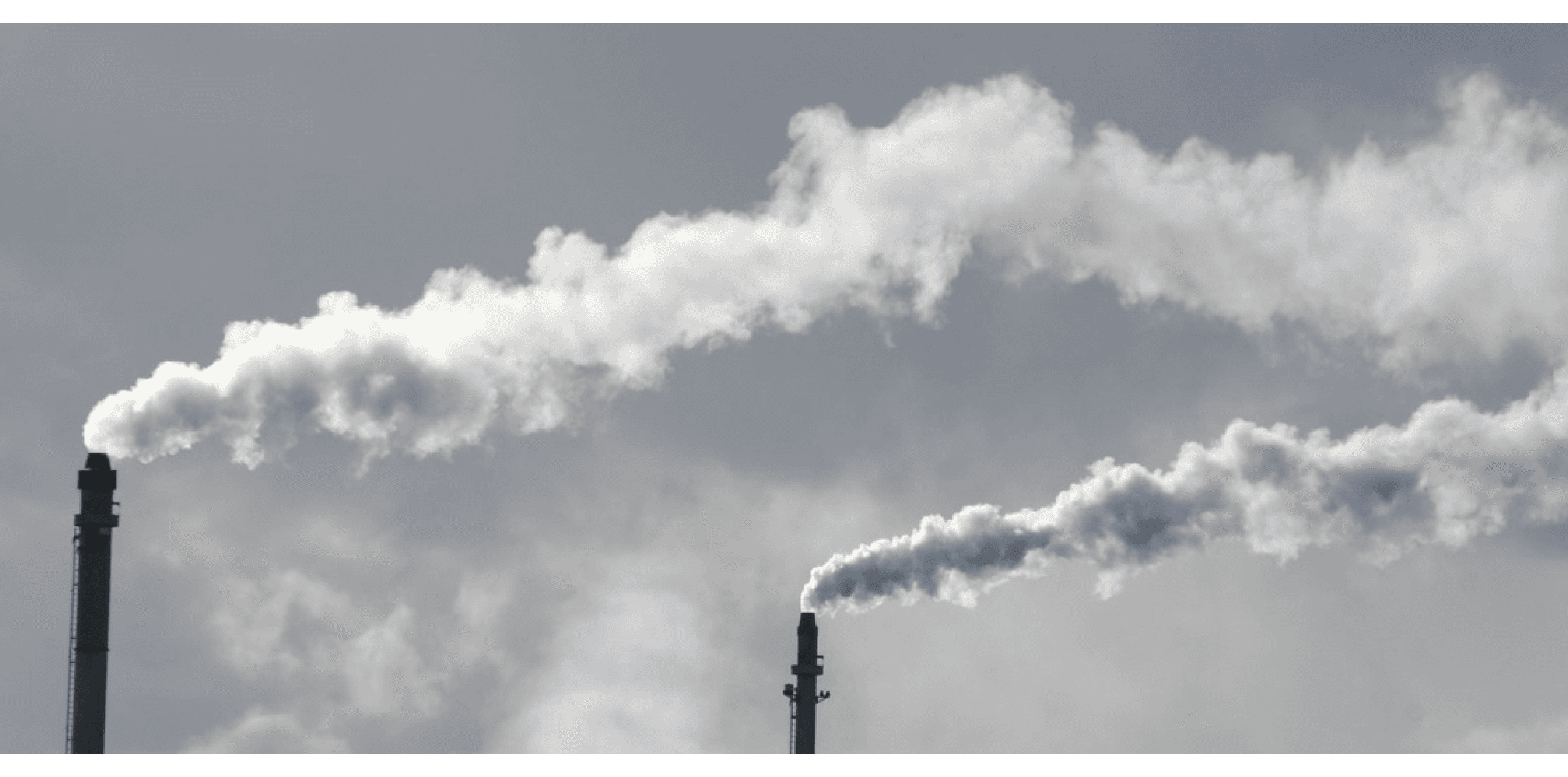
Toxic substances are used to make nearly all types of plastic. Some of these toxins escape from the manufacturing process and damage workers in the plastics industry, communities living near plastics manufacturing plants, and the global environment as a whole.
Sources: http://www.environmentalhealthnews.org/ehs/news/dangers-of-plastic. http://ecologycenter.org/plastics/ptf/report3/. Beth terry. http://ecologycenter.org/. EPA.
OVER 1 TRILLION PLASTIC BAGS ARE USED EVERY YEAR WORLDWIDE.

Plastic bags are petroleum-based and never really go away, even when they break down into pieces too small to be seen with the naked eye.
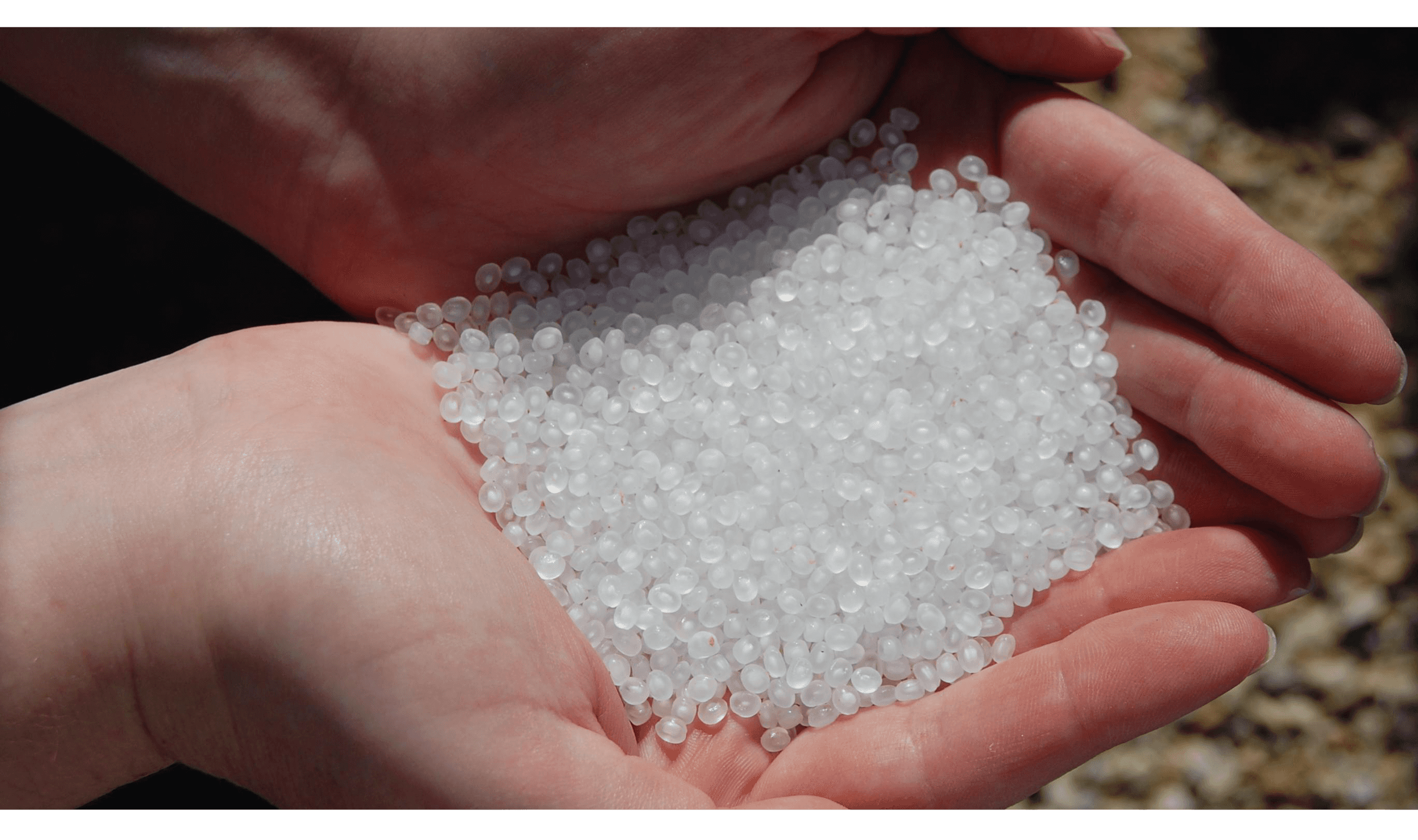
“A single one liter bottle could break down into enough small fragments to put one on every mile of beach in the entire world.”
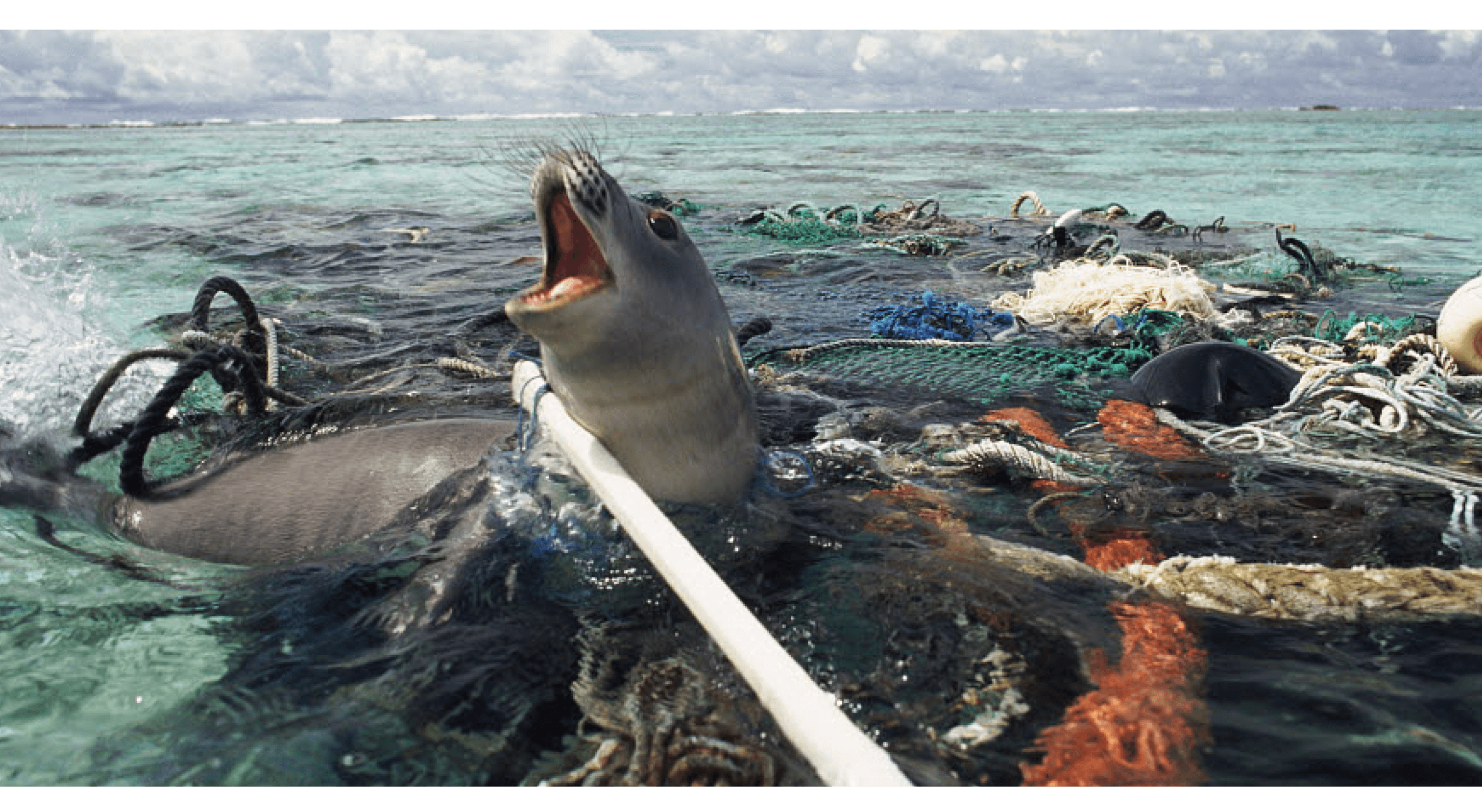
100,000 marine mammals and 1 million seabirds die each year from ingesting or becoming entangled in trash.
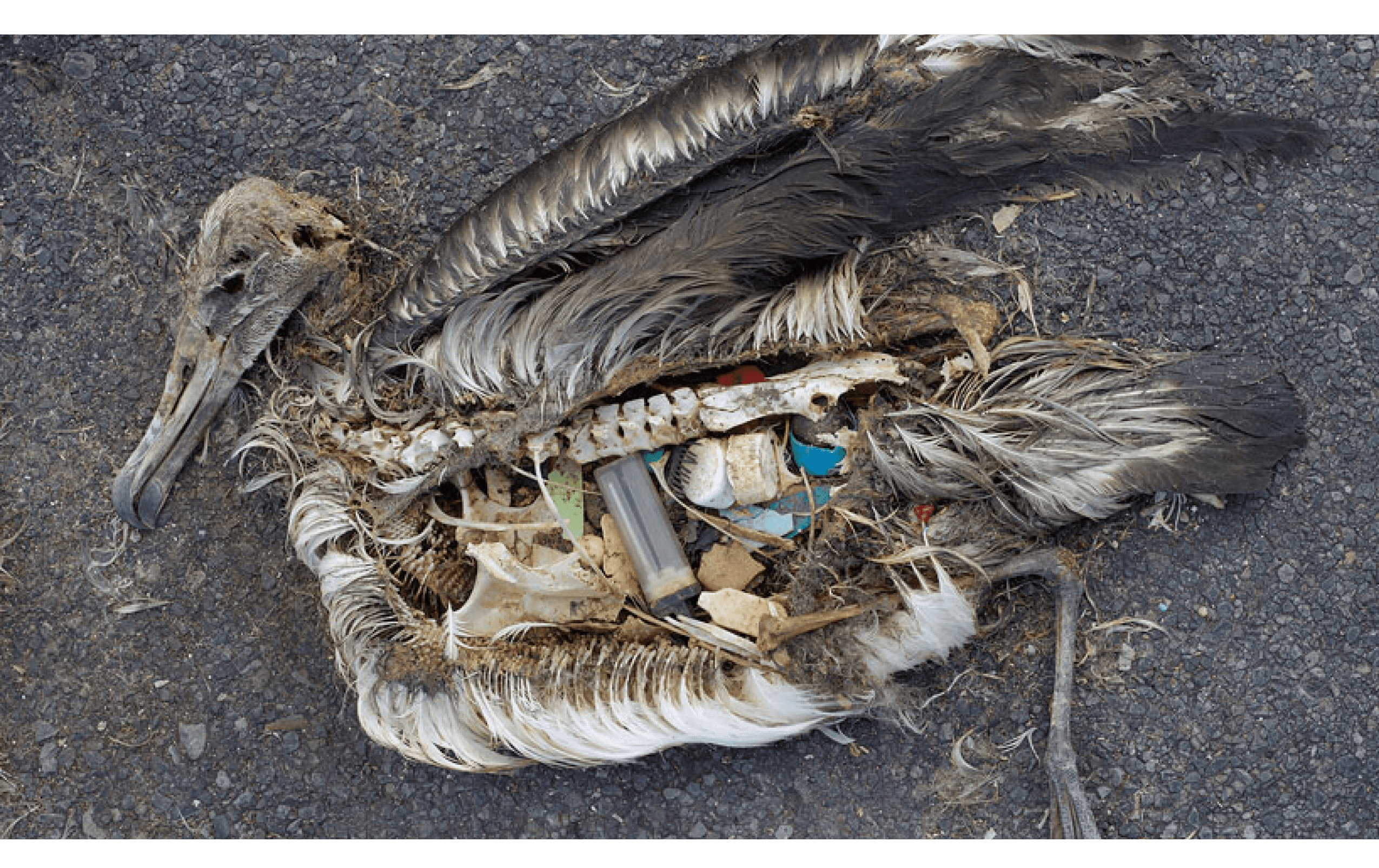
“The nesting babies are fed bellies-full of plastic by their parents, who soar out over the vast polluted ocean collecting what looks to them like food to bring back to their young. On this diet of human trash, every year tens of thousands of albatross chicks die on Midway from starvation, toxicity, and choking.”
Sources: Earth Policy Institute; National Geographic. Greenpeace. The Marine Mammal Center. “Ocean Trash Trivia.” / Image Source: Jordan, Chris. “Midway: Message to the Gyre.” 2009. Silverman, Jacob. “Why is the World’s Biggest Landfill in the Pacific Ocean?” How Stuff Works. “Victims of the Pacific Trash Gyre” by Adam Pasick, 23.10.2009; *Center for Microbial Oceanography: Research and Education “Marine Debris Biodegradation Timeline” (shorter biodegradation times than in landfill)
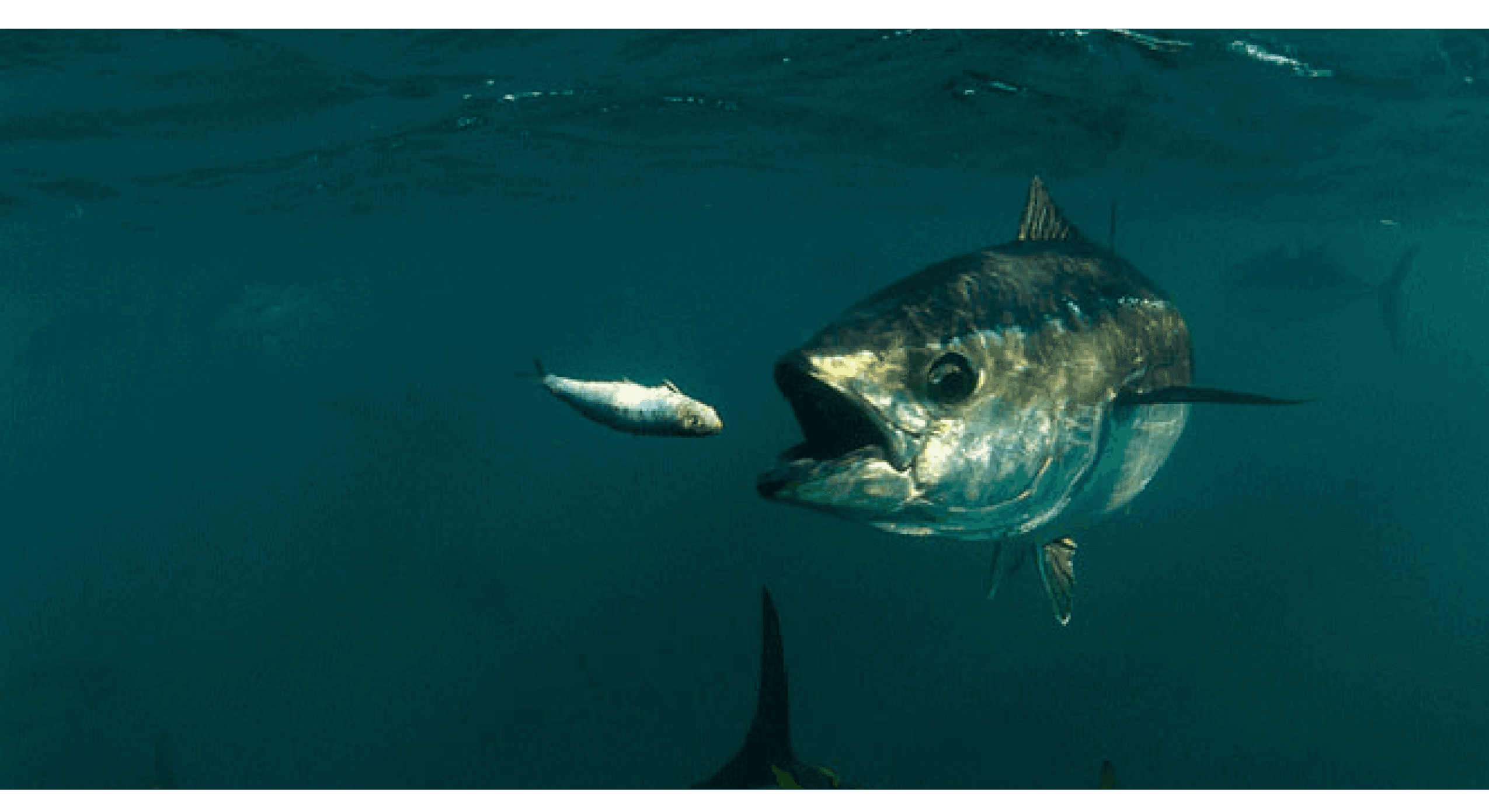
PLASTICS ARE PLAYING AN AMPLIFYING EFFECT -
"COLLECTING AND CONCENTRATING THE MOST LETHAL OF TOXINS, AND TRANSPORTING DIRECTLY INTO THE HUMAN FOOD SUPPLY."
Plastic garbage is one of the primary agents in transporting mercury through the food chain. “As one slightly contaminated small fish consumes another, this mercury works its way up the food chain and bioaccumulates – increasing to toxic levels in the largest and oldest of predatory fishes.”
Source: Lewin, Andre. “The Mercury Connection: Is Plastic Debris Poisoning our Food Supply?” by speakupforblue.com
E-WASTE

Repair broken devices
Hand down your old electronics
Replace batteries or components instead of replacing products
Choose environmentally friendly e-recyclers
Over 40 million metric tons of e-waste is produced globally each year, and only about 13% of that weight is recycled- mostly in developing countries.
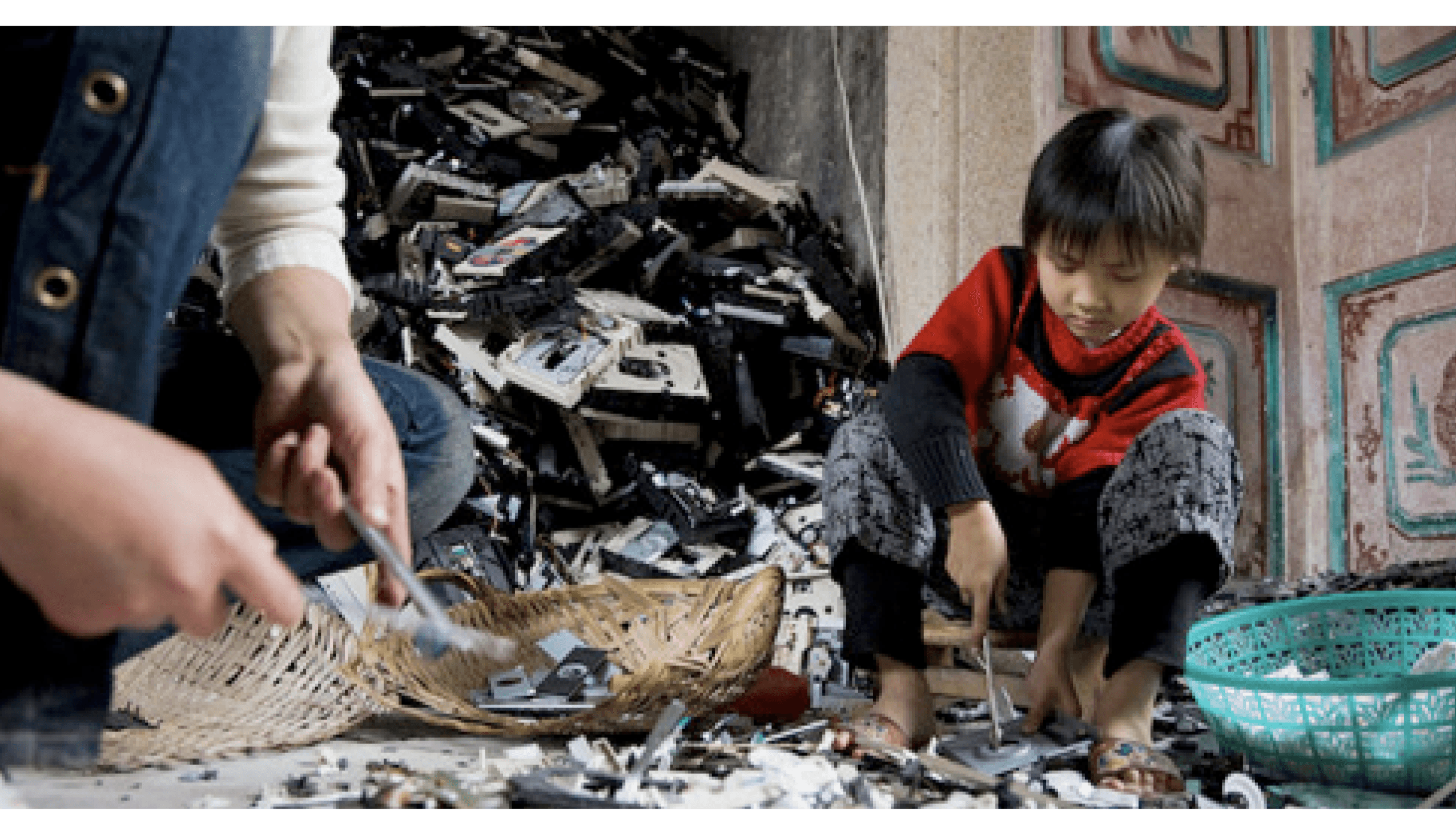
INFORMAL RECYCLING MARKETS HANDLE 50-80% OF GLOBAL E-WASTE
Informal markets in China, India, Pakistan, Vietnam, and the Philippines handle anywhere from 50-80% of the world’s e-waste. Guiyu is known as the largest e-waste recycling site in the world. “80% of Guiyu’s children experience respiratory ailments, and are especially at risk of lead poisoning.”
Sources: Source: European Union, according to the United Nations Environment Programme (UNEP) 2013. Basel Action Network, Greenpeace, United Nations Environment Programme (UNEP) 2015
E-WASTE DUMPING

90% of the world’s e-waste is illegally traded or dumped each year, mostly ending up in Africa or Asia.
Source: Basel Action Network, Greenpeace, United Nations Environment Programme (UNEP) 2015
METALS
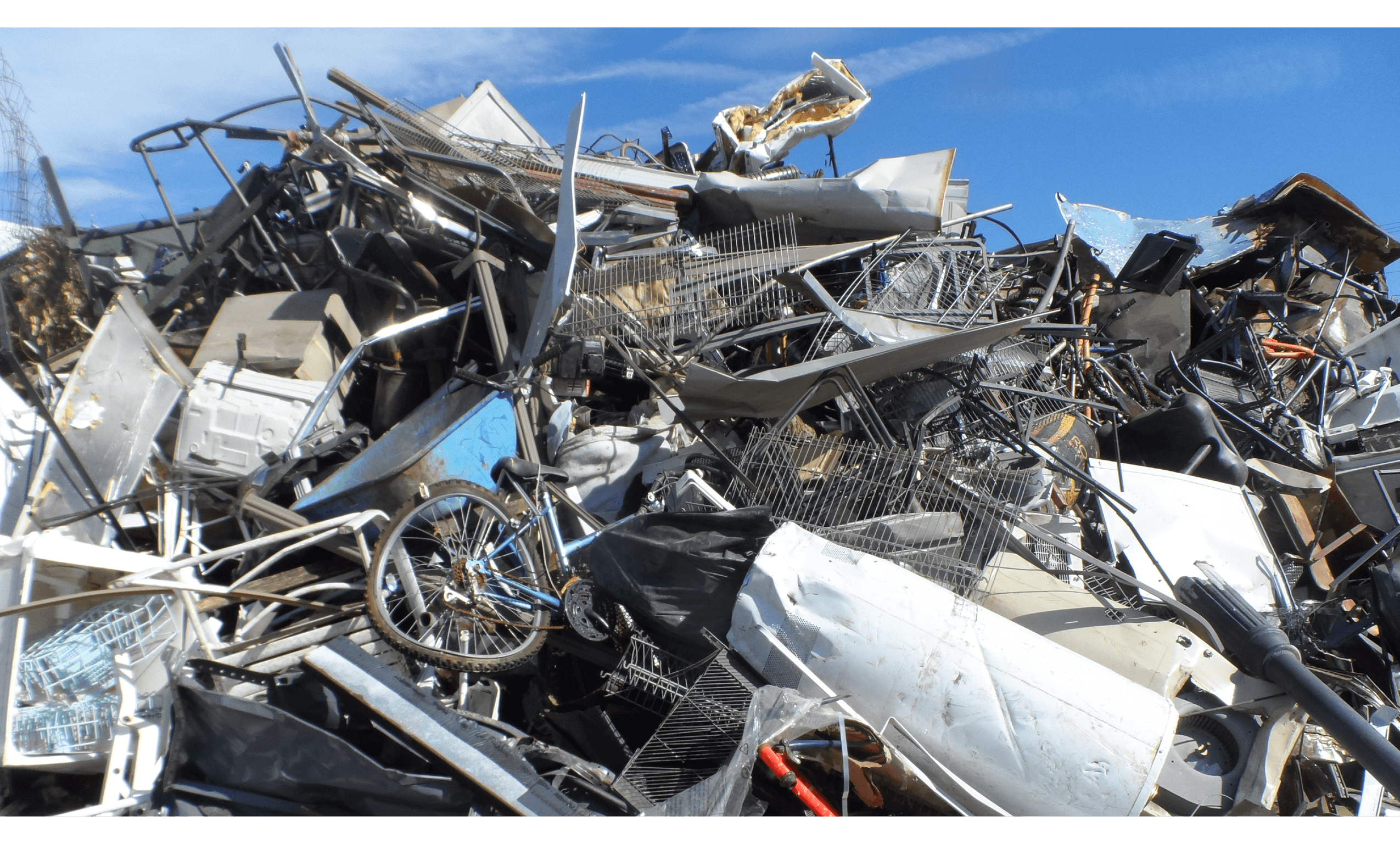
“Recycling scrap metal reduces greenhouse gas emissions and uses less energy than making metal from virgin ore. The amount of energy saved using various recycled metals compared to virgin ore is up to: 92 % for aluminum, 90% for copper, 56% for steel.”
Source: http://environment.about.com/od/recycling/a/metal-recycling.htm
Next solution



Learn about Maya Lin’s fifth and final memorial: a multi-platform science based artwork that presents an ecological history of our world - past, present, and future.

Discover ecological histories and stories of former abundance, loss, and recovery on the map of memory.

Learn how we can reduce our emissions and protect and restore species and habitats – around the world.

See how art can help us rethink the problems we face, and give us hope that each one of us can make a difference.

Help make a global memorial something personal and close to home. Share your stories of the natural world.